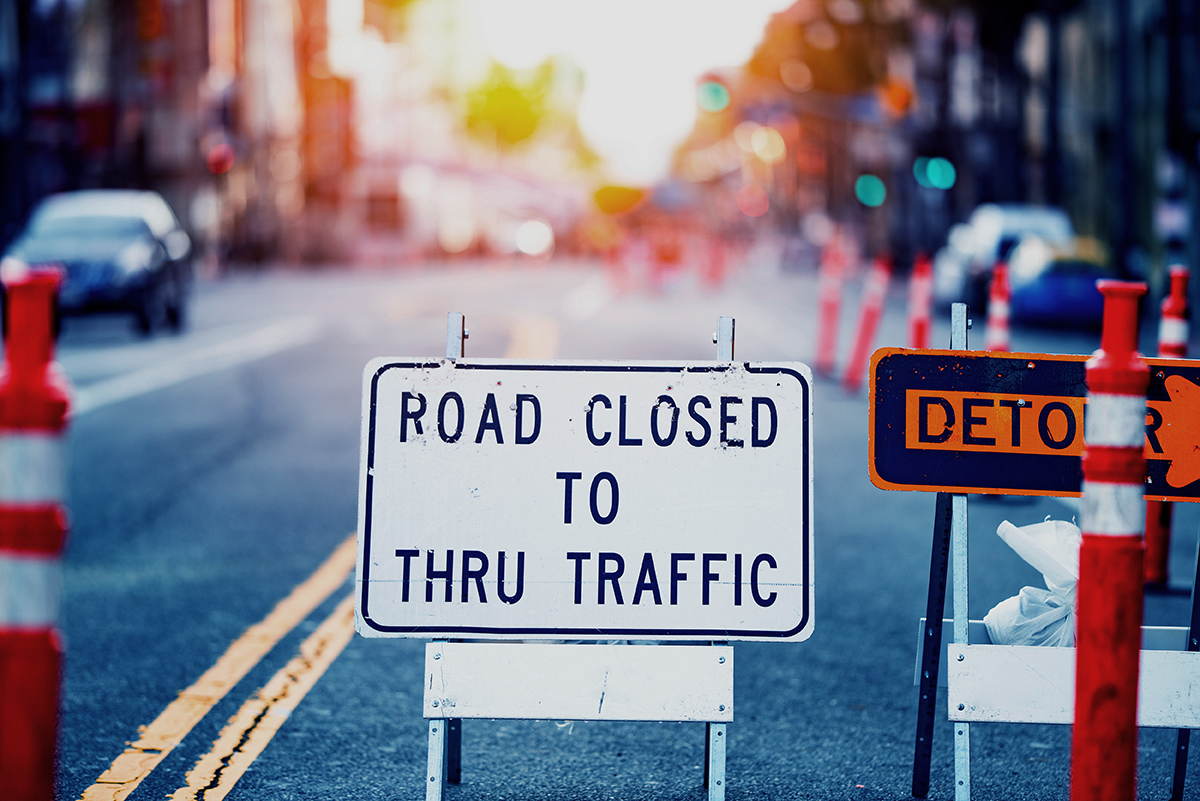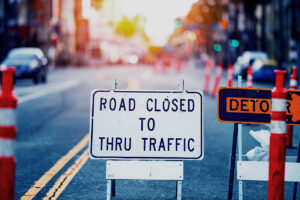


How Better Data Turns Road Repairs into Smart Investments
Picture this: You’re driving down a busy street, dodging cracks, avoiding potholes, and squinting to see faded crosswalks. Sound familiar? It’s something every city faces, no matter the size—roads degrade, markings disappear, and contractors are called in to patch things up. But here’s the real question: Are the right fixes happening in the right places? When it comes to road maintenance, the goal isn’t just to slap on a new layer of paint or fill a crack here and there. It’s about making sure every maintenance dollar is spent where it matters most. And that’s where technology is flipping the script on traditional road repairs.
The Problem: Are We Fixing What Really Needs Fixing?
Cities across the globe share the same struggle: how do you keep track of every single crack, faded marking, or trouble spot across hundreds—or even thousands—of miles of roads? For contractors, it’s like finding a needle in a haystack. Sure, they might cover some of the obvious trouble spots, but what about the crosswalk that’s nearly invisible to drivers? Or the crack in the middle of a busy intersection that’s growing wider by the day?
Here’s the kicker: Many cities still rely on outdated methods like manual surveys or paper records to identify where repairs are needed. These approaches aren’t just time-consuming—they’re incomplete. Roads change fast, whether it’s due to wear and tear, weather events, or heavier-than-usual traffic. Without real-time, accurate data, it’s nearly impossible to guarantee that no critical area gets missed.
And it’s not just about coverage. Cities also need to stretch every maintenance dollar as far as possible. Overestimating repair needs can lead to overspending on materials, while underestimating can leave contractors short on supplies—and roads left in disrepair.
So, What’s the Solution? Smarter Data, Smarter Repairs
This is where technology steps in to save the day. Enter the concept of a digital twin—a virtual, real-time replica of your city’s infrastructure that captures every crack, faded marking, and trouble spot in detail.
With tools like Urban Hawk, cities can create a digital map of every road’s current condition. Think of it as a bird’s-eye view of every crack’s exact location and length, or a crosswalk’s coverage level (e.g., “only 20% visibility remains”). Armed with this information, city planners and contractors can prioritize repairs with laser-sharp precision.
The numbers don’t lie: Studies show that cities using data-driven repair strategies can save up to 15-30% on maintenance costs, thanks to better planning and reduced waste. Imagine what your city could do with those savings—more repairs, safer streets, or even funding other critical projects.
What Does This Mean for Contractors?
For contractors, having access to a comprehensive, up-to-date digital map changes the game. Instead of guessing which areas need attention, they can hit the ground running with clear, accurate assignments. Here’s how it helps:
- No missed spots: Every crack and marking that needs attention is accounted for, so nothing slips through the cracks (literally).
- Efficient workflows: Contractors can plan smarter routes and minimize wasted time.
- Accurate material orders: When you know exactly what’s needed, you avoid overspending on surplus materials or running out mid-project.
And it’s not about micromanaging contractors—it’s about empowering them to do their best work. With the right data in hand, contractors can take pride in delivering high-quality, well-tracked results.
Better Roads, Happier Taxpayers
At the end of the day, this approach benefits everyone. Cities get safer, better-looking roads. Contractors save time and resources. And taxpayers? They get to see their hard-earned dollars making a real difference in their communities.
Think about it: A study by the Federal Highway Administration highlighted that pavement-related issues contribute to over 30% of traffic accidents annually. By making sure crosswalks are visible, intersections are smooth, and cracks don’t become hazards, cities can make roads not only look better but also be safer for everyone.
The Road Ahead
With tools like Urban Hawk, cities and contractors are no longer playing a guessing game. Instead, they’re working together to make every repair count—fixing the right places, at the right time, with the right materials. It’s a win-win-win: better results for cities, more efficient work for contractors, and safer, smoother roads for everyone. So, the next time you’re driving down a freshly repaired street, you might just have smarter data to thank for it.
Let’s build better roads together—one smart repair at a time.

Subscribe for the Latest

Subscribe for the Latest








